Sometimes, the classroom configuration itself pushes teaching in an already well-known direction. The professor gets to the class, leaves things on the table, delivers the content, proposes some activities and goes full circle with assessments.
This is the so-called traditional approach to teaching. Still, many professors feel this is not the most efficient way to address the issue and start looking for a method that makes the learning experience more enjoyable.
When we talk about teaching structures, we have a complex subject filled with calculations, theories and details that makes learning harder.
The Mola Structural Kits were designed as a teaching tool that stimulates investigation and curiosity, demonstrating structural fundamentals and offering the foundation to go beyond what is delivered in the classroom.
The FTMS or Follow/Tinker/Make/Share is a method focused on learning-by-making, designed to smooth the experience of students and professors by incorporating platform projects.
This article shows how the Mola Kits can be used alongside the FTMS method to make classes more engaging and effective.
What is FTMS and why should you consider it

Dr. William Rankin is an educational theorist with experience in higher education and focused on developing innovative teaching and learning. In 2016, Ranking co-founded the Unfold Learning group to help schools and companies leverage the "cubic learning" model developed during his work at Abilene Christian University and as a Director of Learning at Apple. He also developed the "Follow/Tinker/Make/Share" with the Learning-by-Making Collective.
FTMS is a constructionist learning framework. In other words, it's an approach oriented towards projects, designed to allow professors to adapt the method for their own contexts and goals.
None of the fundamentals behind FTMS are new. At the turn of the 20th Century, Lev Vygotsky, Maria Montessori, and John Dewey were all telling us about the value of projects and they were working to popularize this approach. These early constructivists knew that discovery is far more engaging than informational consumption and emphasized the importance of posing challenges to generate student-led learning.
FTMS includes a guiding phase where the learner follows instructions and incorporates projects to organically introduce the tools and concepts necessary for its implementation. The projects become the beginning of a path of exploration and discovery, similar to someone taking up a hobby.
For example, let's say you decide to learn programming by building a project with Arduino. Initially, you follow some tutorials to understand the fundamentals, but soon you get your hands dirty. Then you naturally start modifying the schemes, adjusting them here and there to give your personal touch. Next, you push forward, creating your own projects, getting increasingly distant from the initial guides. As you gain the confidence to share your experiments with family and friends, you engage with a community of people passionate about Arduino and learn even more by sharing experiences and reviewing other programmers' projects.

The basic structure of FTMS is similar to the example above.
Follow (direct instruction) builds a platform for Tinker (experimentation, modification, iteration), which develops the skills and knowledge necessary for Make (creative application through challenges), which sets the stage for Share (critical engagement, collaboration, and sharing experiences).
These phases are designed to work cooperatively, guiding the learners along a pathway of increasing cognitive refinement. When the students go through each stage, they naturally face the need to develop their skills and to differentiate, create, solve challenges, communicate, lead, and connect.
Each phase calls for a deeper engagement but also offers the opportunity for a richer exploration as the learner faces challenges and shares experiences with other students.
How does FTMS work?
Follow
This phase is the closest to what we understand by "traditional teaching".
However, in FTMS it is used more like a beginning rather than an end. Follow is the phase in which the learner follows direct instructions, guides, or tutorials. The goals are to guide the student through the fundamentals and shape the discipline's initial understanding.

In this stage, the students can make mistakes and undo actions without any trouble because the projects are still simple, like platforms built to allow experimentation.
The manuals of the Mola Kits play this role as a study guide. The students can build their learning and absorb the fundamentals explained in the classroom by assembling the examples and experimenting, feeling the structural phenomena with their hands.
One of the defining characteristics of this phase is that the project assembled during the activities looks the same as demonstrated in the step-by-step guides or study materials.
Tinker

After understanding the fundamentals by following a guide, it's natural that questions start to come out. "What happens if I remove this piece?", "What if I build another story?", "Does this structure keep standing if I remove this cable?".
In the Tinker phase, these questions are not only embraced but encouraged. By making these small changes to the original design, students begin to test their hypotheses and expand their knowledge. By testing incremental changes, the learners begin to understand how the fundamental concepts relate and why they are important.
These minor adjustments start what Piaget calls Schema, in other words, points of understanding that internalize and build mental models.
While in the Follow phase all the student's projects look the same, now they start to look different from each other. The Tinker phase welcomes experimentation, but it's important to keep the essence of the platform project.
Make

Make is the phase where the students can apply the skills and knowledge acquired during the previous phases by developing a project themselves.
After following step-by-step guides, learning the fundamentals, and experimenting to better understand the phenomena, the Make stage encourages developing skills through the execution of an idea, a project, or overcoming a challenge with a briefing that can be shared with other students or self-imposed.
Unlike the Follow and Tinker phases, in Make it's important to focus on bigger challenges rather than basic buildings or simple modifications. For example, "building a model with a free span of X inches", "building the taller skyscraper using fewer pieces","designing a bridge that allows the passage of a certain miniature".
Make is designed to advance skills and concepts unfolded in the previous phases while introducing new expectations in terms of protagonism and creativity. This step is essential to bring individual study into practice through direct application.
The projects generated at this phase highlight important factors of independent practice: depth of knowledge, synthetic ability, conceptual understanding, adaptability, organizational skills, and planning. All of these are valuable indicators in project-based assessment, but they are also key factors in the continuity of learning and to encourage the students to incorporate what they learned in the real world, not just in the learning context.
Share

In this last stage, there is an emphasis on collaboration and communication, situating learning as an activity both social and metacognitive.
In Share, the students are encouraged to share their projects and what they learned throughout their execution.
For example, the learners might critically compare their projects to others that address similar challenges, hold a competition simulating actual work conditions, or combine their projects, creating a robust 'mashup' of solutions.
We can point DAD Project as an example of this. The project consists of gathering a few groups of learners to design, assemble and disassemble a full-scale model. The closing stage of the workshop includes creating a video to document the experiment.
In the context of individual study, maybe a learner could record a video explaining fundamental aspects of the project to ask for comments and develop an online discussion about the creation process.
By sharing what they learned, talking about how they did it and how they solved the problems that arose along the way, students test the depth of their knowledge in the real world. In this phase, it's important to create means for developing aspects of social intelligence, allowing a better assessment of understanding, self-regulation, and interpersonal skills.
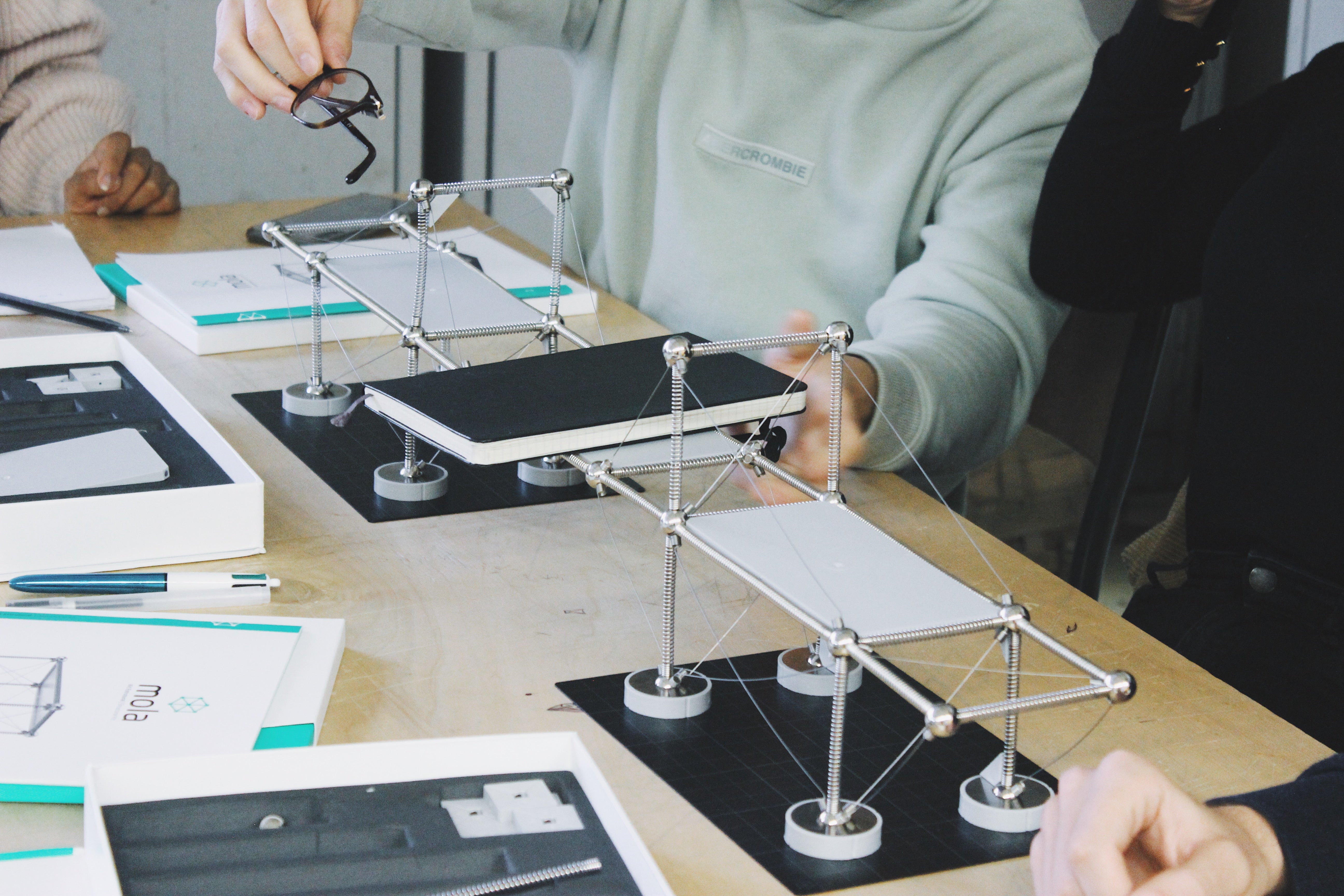
Incorporating a hands-on method such as FTMS into classes can bring learning closer to the students' daily routine, making them get legitimately involved and excited about structures.
Now we'd like to know: did you experiment with a hands-on approach in your university? Do you have plans to try FTMS?
Resources:
Keynotes and Interviews with William Rankin
Article about FTMS written by William Rankin
Keynote speech about how to design better learning experiences
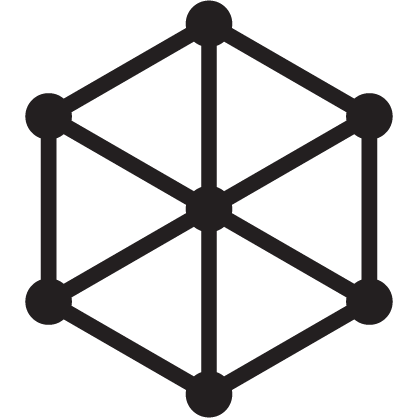
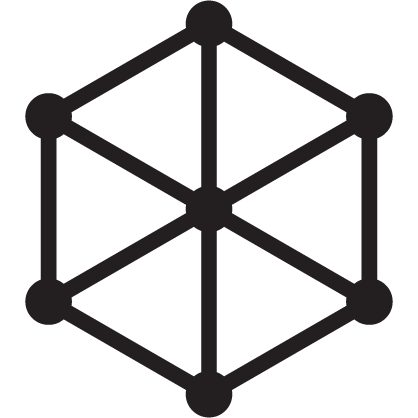


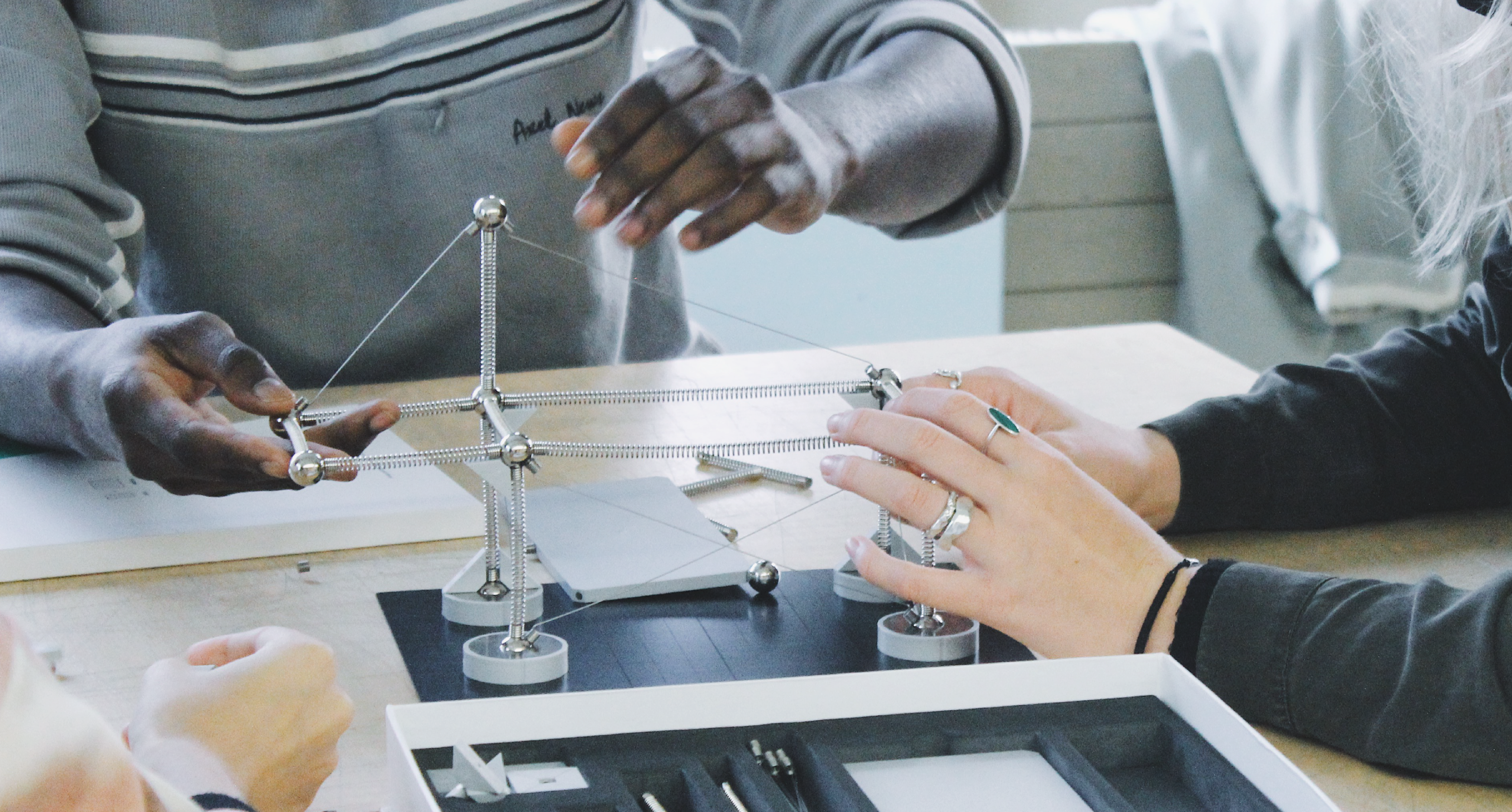
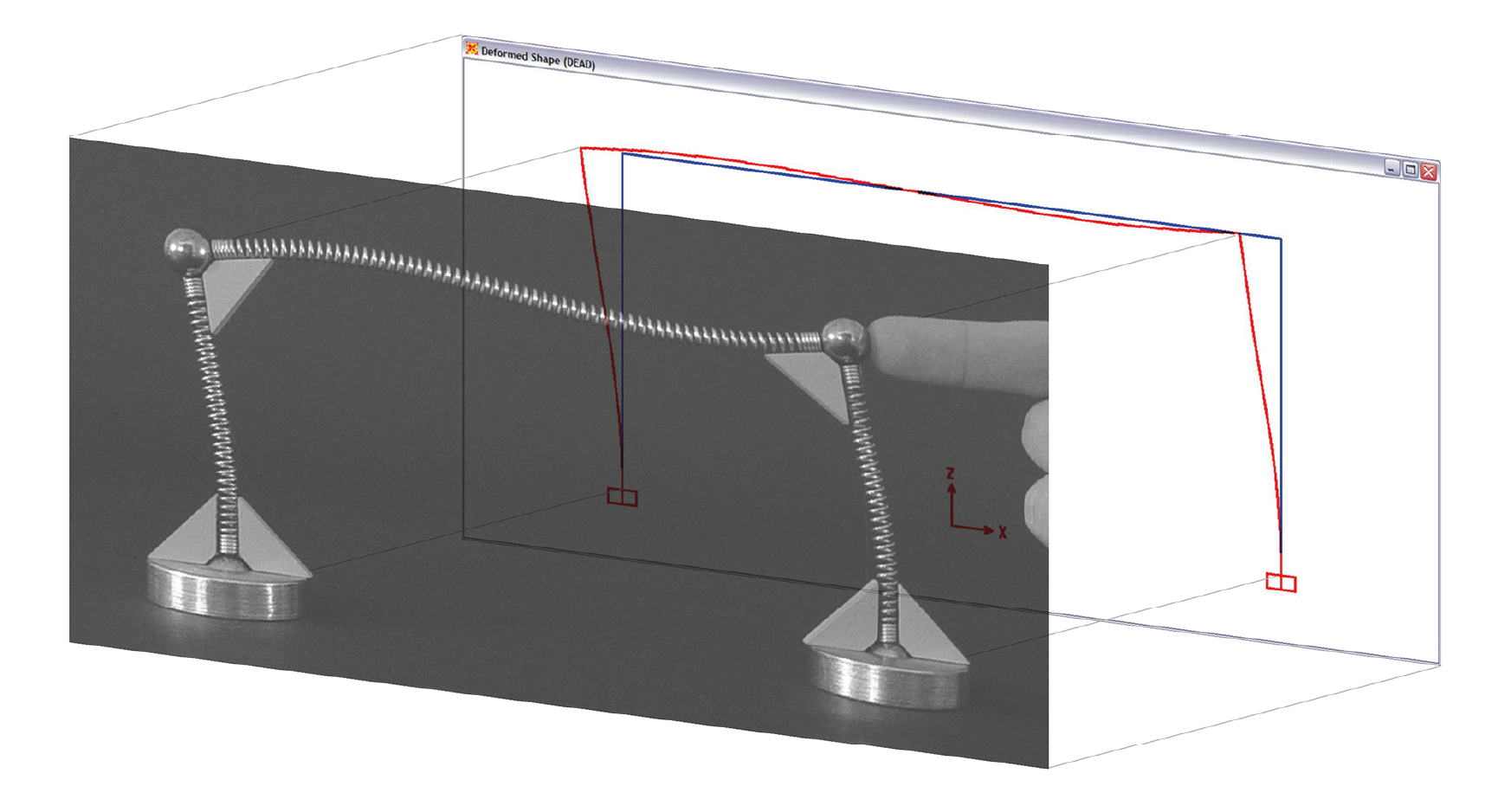
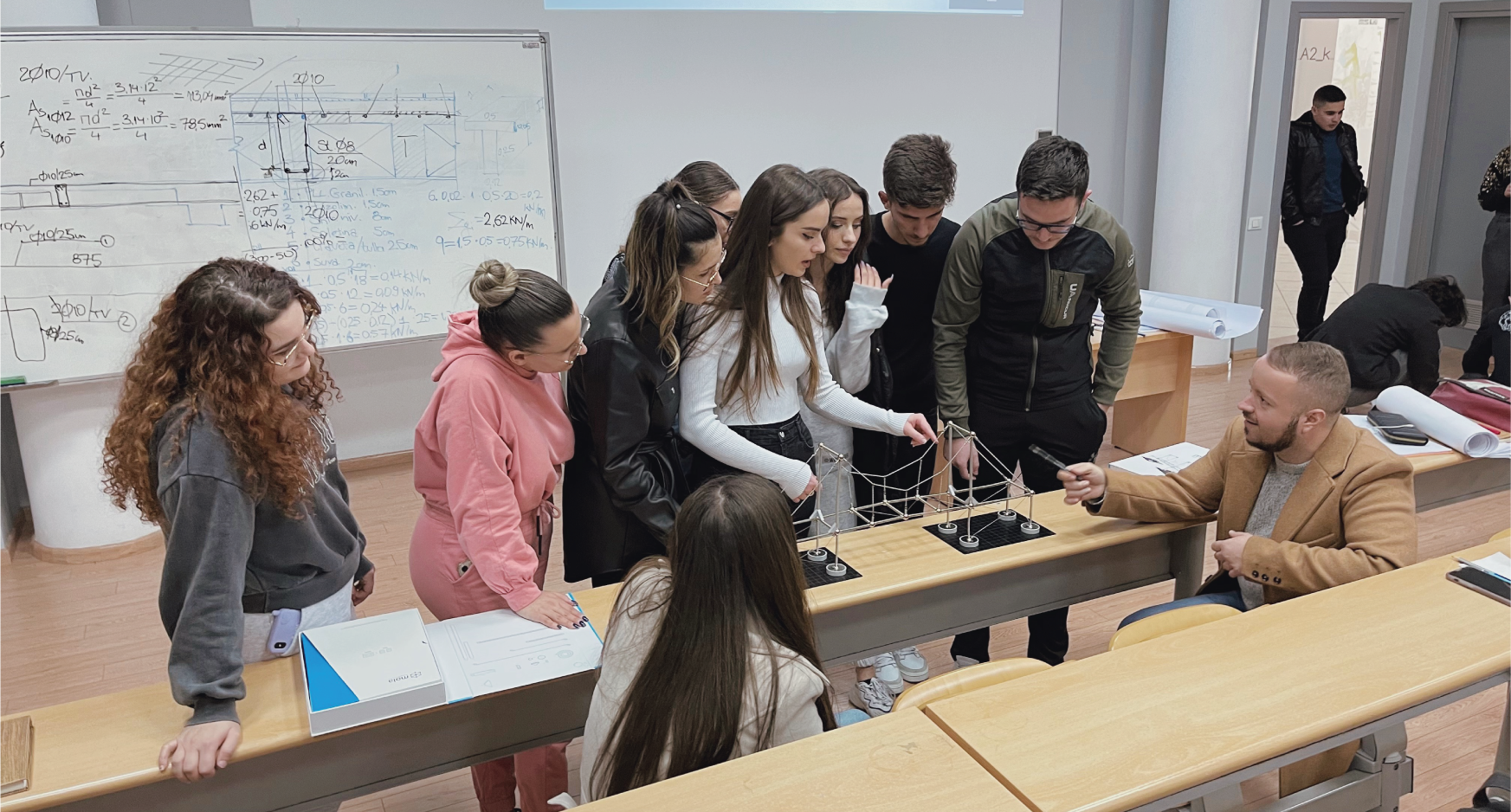
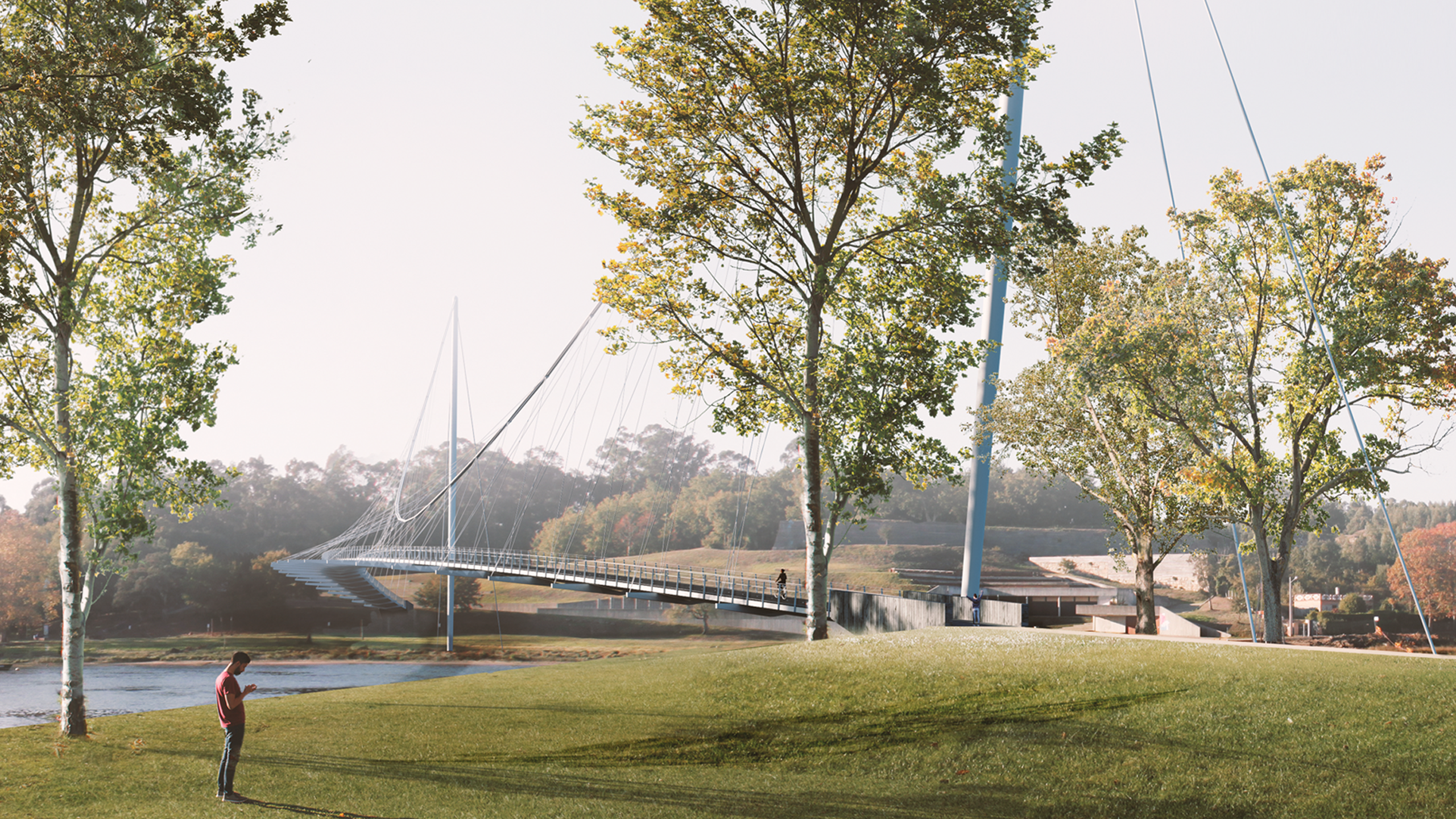
Share:
How a leading university uses Mola to improve the teaching of structures
Bridge to the Future: using Mola to connect young students to STEM careers